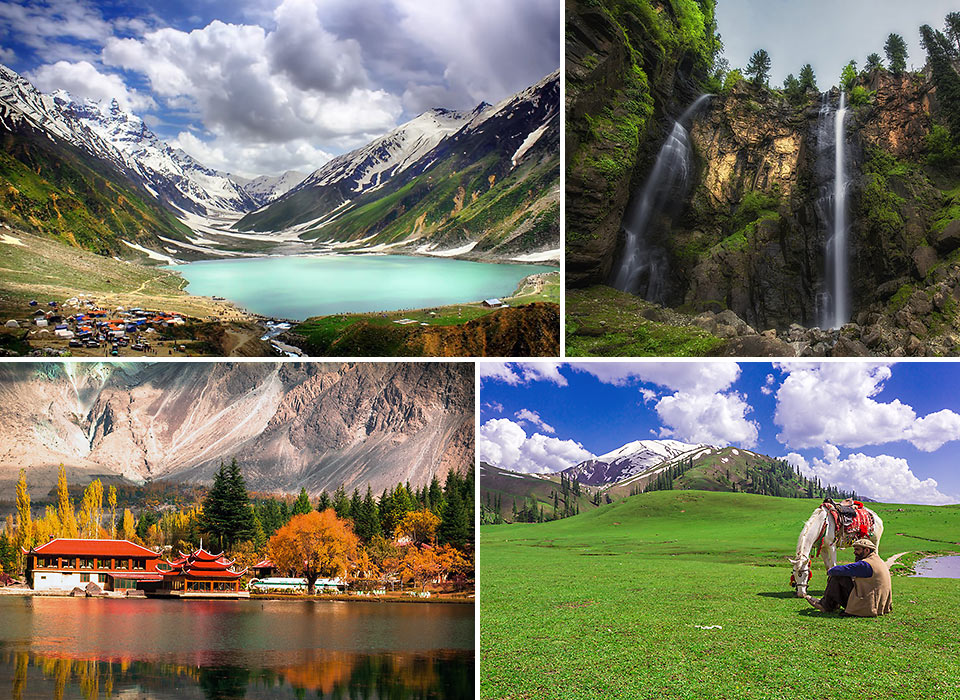
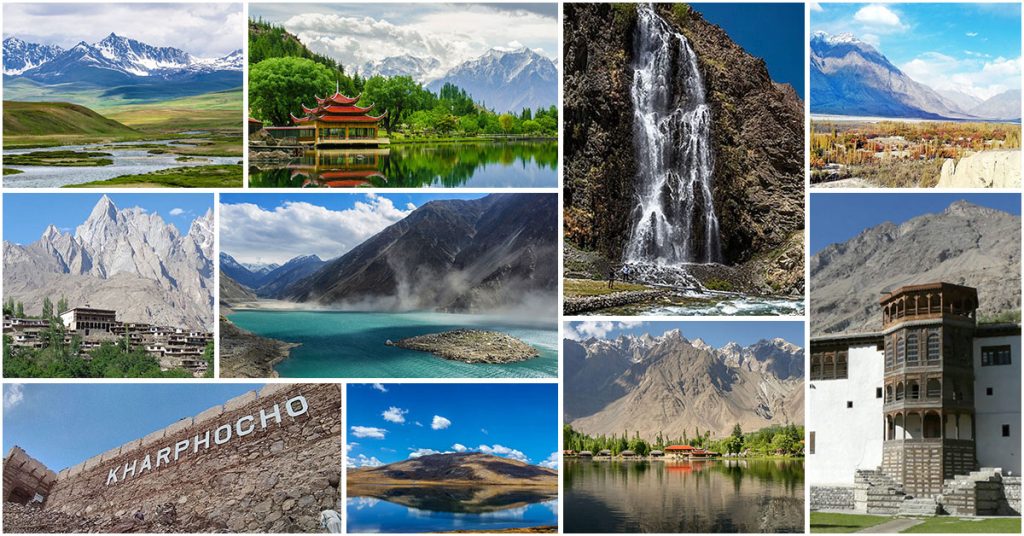
Introduction: Situated at an elevation of 1,454 meters along the banks of the Gilgit River, the quaint town of Gilgit in Pakistan boasts spectacular scenic beauty and a rich historical past that dates back well beyond the 6th century AD. As the former capital of various dynasties, Gilgit has witnessed the passage of time and the fusion of cultures. Today, it stands as a prominent destination for travelers seeking a glimpse of ancient Buddhist relics, intriguing rock carvings, and awe-inspiring landscapes. Let us embark on a journey through the historical and tourist attractions of Gilgit, a city that continues to captivate visitors from all corners of the globe.
1. Gilgit Bridge: A Marvel of South Asia The Gilgit Bridge, spanning over the fast-flowing Gilgit River, is a testament to engineering prowess. This suspension bridge, measuring an impressive 182 meters in length and 2 meters in width, ranks among the largest in South Asia. Its slender structure provides enough space for just one jeep to cross at a time, making it a thrilling experience for adventurers seeking an adrenaline rush while traversing its swaying path.
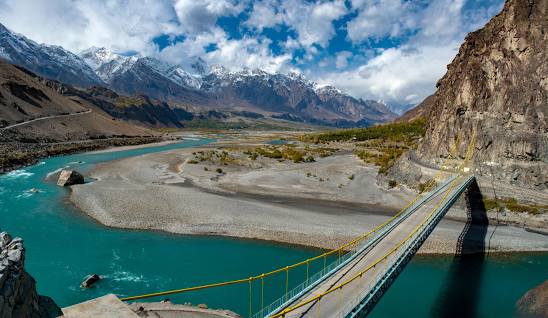
2. Carved Buddha Figure at KargahNullah A true treasure of ancient artistry, a standing Buddha figure, locally known as “Yashini,” graces a rock near KargahNullah, approximately 10 km from Gilgit town. This magnificent carving is believed to date back to the 7th century AD, offering a glimpse into the rich Buddhist heritage that once thrived in the region. The Buddha figure stands as a poignant symbol of the past, inviting visitors to delve into the spiritual and artistic heritage of Gilgit.
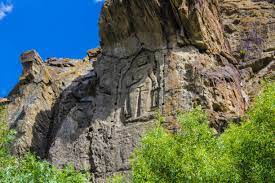
3. Remnants of an Ancient Buddhist Legacy Gilgit’s historical significance extends beyond its captivating rock carvings. In 1938 and 1956, the remains of a Buddhist monastery and stupas from the 6th century AD were discovered near Nurpur, adding further layers to the city’s intriguing history. These archaeological marvels serve as reminders of the ancient Buddhist presence in the region and offer archaeologists and history enthusiasts a glimpse into a bygone era.
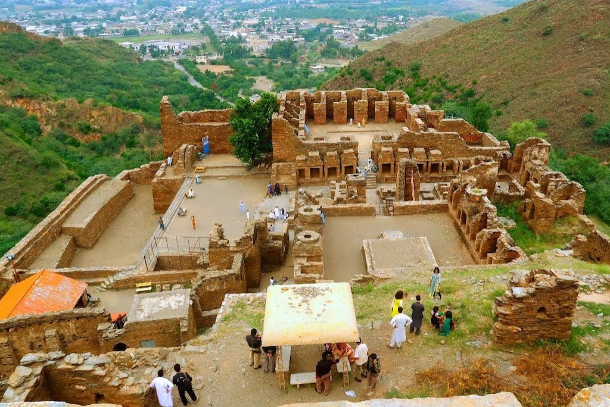
4. Ancient Rock Carvings and Inscriptions Evidences of a vibrant past continue to surface around Gilgit. Near the esteemed Karakoram University, visitors can find ancient rock carvings depicting various animals. These enigmatic carvings provide valuable insights into the artistic expression and beliefs of the ancient inhabitants. Furthermore, inscriptions near Danyore further contribute to the historical narrative of Gilgit, offering clues to the life and culture of the people who once roamed these lands.

5. Independence Monument: A Tribute to the Heroes A symbol of national pride and a tribute to the heroes of the liberation movement of 1947-48, the Independence Monument stands tall as a testament to the sacrifices made for Pakistan’s freedom. Built in 1962, this monument serves as a constant reminder of the nation’s resilience and unwavering spirit. As visitors gather around this significant landmark, they are filled with a sense of admiration for those who fought for their country’s independence.
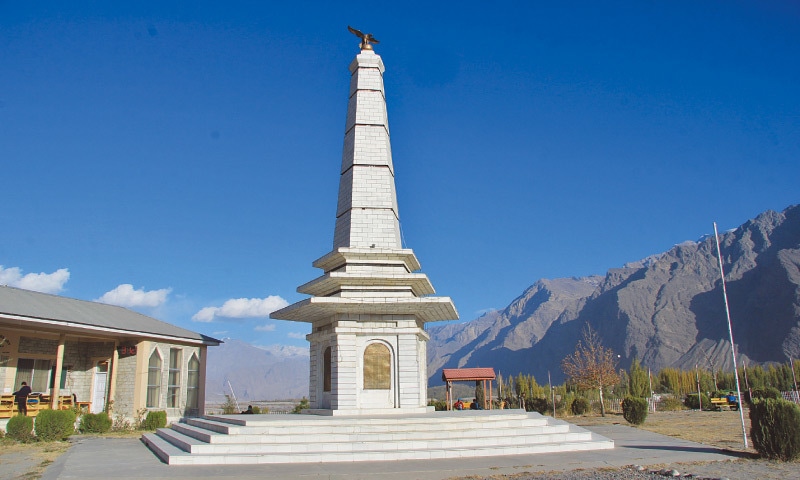
6. Taj Mughal: A Victorious Legacy Located 30 km away from Gilgit town, Taj Mughal is a victory monument dating back 700 years. It honors Taj-ud-Din Mughal, a ruler who made his mark in the region during the 13th century AD. The monument stands as an enduring tribute to the historical prowess of the Mughal dynasty, and visitors can’t help but be fascinated by the tales of conquest and cultural significance that surround this ancient site.
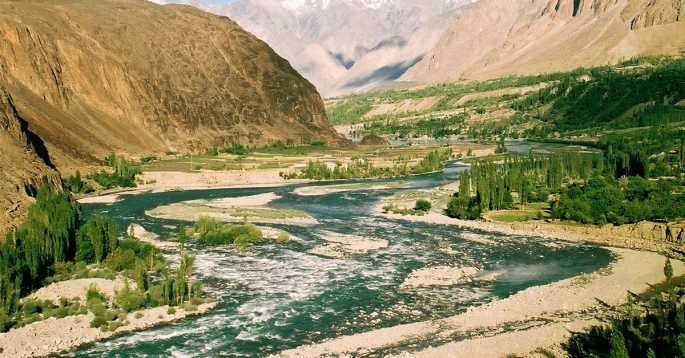
7. Sher Qila (Lion’s Fort): Echoes of the Past Nestled 38 km west of Gilgit, Sher Qila, also known as Lion’s Fort, stands as a testament to the grandeur of the ancient Kingdom of Punial. This historic site features a captivating polo ground, an old carved wooden mosque, and a watchtower crowned with a pair of Ibex horns, all of which carry echoes of the past. Exploring Sher Qila takes visitors on a journey through time, immersing them in the rich history and architectural marvels of the region.
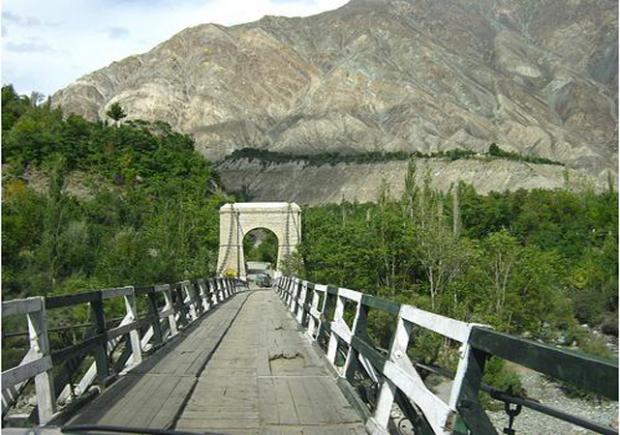
8. Gahkuch: Gateway to Adventure Headquarters of Ghizer District, Gahkuch is an idyllic destination for adventure seekers. Surrounded by breathtaking landscapes, this area offers ample opportunities for trekking, fishing, and duck shooting. As visitors immerse themselves in the natural beauty of Gahkuch, they find themselves captivated by the sheer serenity of the surroundings, making it a perfect retreat for those seeking to connect with nature.
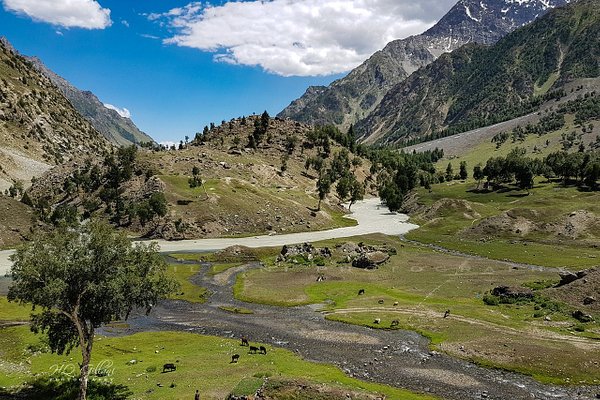
9. Yasin Valley: A Kingdom of the Past Located 112 km west of Gilgit, Yasin Valley holds a significant place in history. The main town of Yasin, situated at an altitude of 2,750 meters above sea level, is steeped in cultural heritage and unique linguistic diversity, with Brushisky and Khowar languages spoken by the locals. Until the 20th century, Yasin served as an important kingdom, controlling a vital route between the Oxus and the Indus rivers. Exploring Yasin Valley offers a glimpse into the past and the customs of its resilient inhabitants.
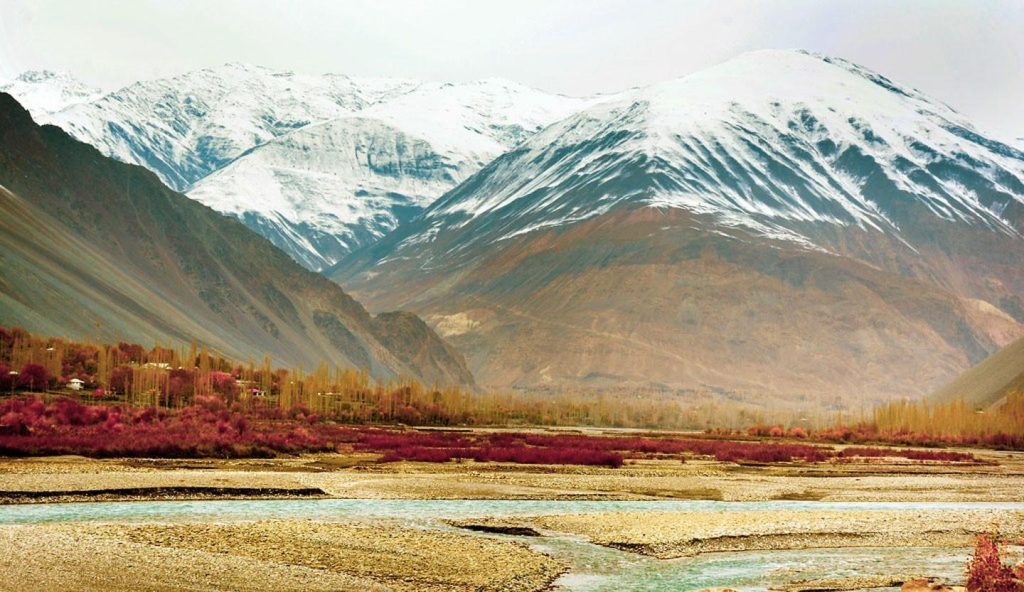
Conclusion: Gilgit, with its historical treasures and awe-inspiring landscapes, stands as a testament to the enduring spirit of the past. As visitors traverse the Gilgit Bridge, marvel at the ancient rock carvings, and explore the remnants of Buddhist heritage, they become part of a timeless journey through history. The region’s natural beauty, coupled with its rich cultural heritage, makes Gilgit a must-visit destination for travelers seeking a captivating blend of the past and present. From the majestic Sher Qila to the serene Yasin Valley, Gilgit promises a transformative experience that leaves an indelible mark on the soul of every adventurer.








